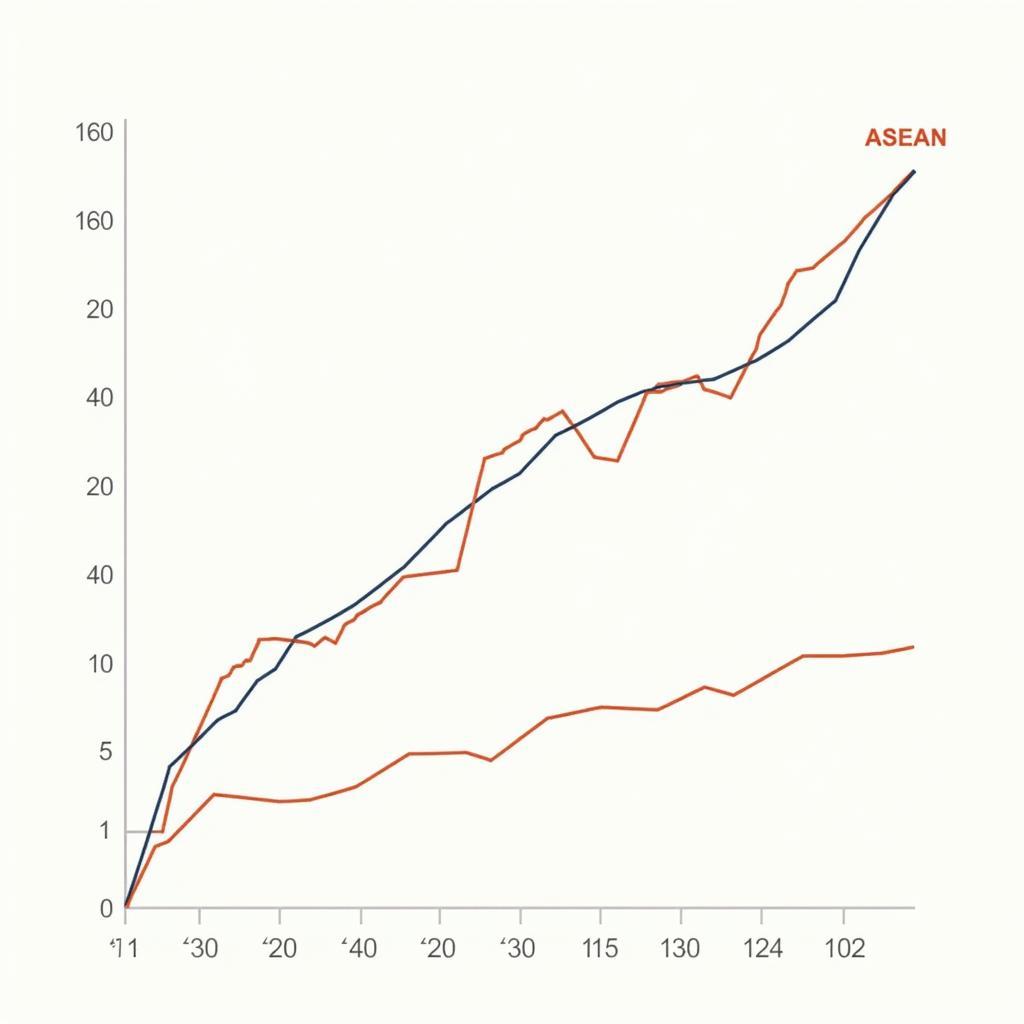When it comes to optimizing health and well-being, many individuals explore various options, including dietary supplements. Two popular choices that often come up in conversations are ASEA and Protandim. While both are marketed for their potential health benefits, it’s crucial to understand their distinct properties, mechanisms of action, and scientific backing to make informed decisions.
Unraveling the Science: How ASEA and Protandim Work
ASEA and Protandim take different approaches to promoting health. ASEA, a liquid supplement, centers around what it calls “redox signaling molecules.” These molecules, naturally present in the body, play a vital role in cellular communication and maintaining proper cellular function. ASEA claims to provide a balanced blend of these molecules, aiming to replenish and support the body’s natural redox potential, thereby enhancing cellular health and resilience.
Protandim, on the other hand, focuses on activating the Nrf2 pathway within cells. This pathway acts as a master regulator of the body’s own antioxidant defense system. By activating Nrf2, Protandim seeks to enhance the production of the body’s natural antioxidants, such as glutathione, superoxide dismutase (SOD), and catalase. This approach aims to bolster the body’s ability to neutralize harmful free radicals and oxidative stress, potentially protecting cells from damage.
Key Differences: Product Form, Ingredients, and Claimed Benefits
ASEA is primarily available as a liquid supplement designed for daily consumption. Its key components are the purported redox signaling molecules, created through a patented process involving a saline solution. Protandim, conversely, comes in capsule form and contains a proprietary blend of plant-based ingredients, including extracts from turmeric, bacopa, green tea, milk thistle, and ashwagandha. Each of these ingredients contributes to the activation of the Nrf2 pathway.
While both products share the overarching goal of improving health, their specific claimed benefits differ. ASEA proponents highlight its potential to enhance cellular communication, boost energy levels, support immune function, and promote overall well-being. Protandim users, however, often emphasize its antioxidant properties, focusing on its ability to combat oxidative stress, reduce cellular damage, and potentially slow down the aging process at the cellular level.
“When considering supplements like ASEA and Protandim, it’s crucial to remember that individual responses can vary significantly,” notes Dr. Emily Carter, a certified nutritionist and researcher in cellular health. “Factors like age, overall health status, lifestyle, and genetic predisposition can influence how these supplements interact with each individual’s unique biochemistry.”
Weighing the Evidence: Scientific Research and Considerations
Both ASEA and Protandim have garnered interest from the scientific community, prompting studies to investigate their potential benefits. ASEA has sponsored research exploring its impact on cellular health and oxidative stress markers. Some small-scale studies suggest potential benefits, but more extensive, independent research is needed to confirm these findings and establish clear causal relationships.
Protandim, particularly its Nrf2 activation mechanism, has been the subject of more extensive research, including studies published in peer-reviewed journals. These studies have shown promising results in terms of the supplement’s ability to increase antioxidant enzyme levels and reduce oxidative stress markers. However, it’s crucial to note that further research, particularly large-scale clinical trials, is necessary to validate these findings and determine long-term effects definitively.
Making Informed Choices: Consulting Healthcare Professionals and Prioritizing Individual Needs
The decision to incorporate ASEA or Protandim into one’s health regimen is highly personal. It’s essential to approach such decisions with careful consideration and prioritize individual needs and circumstances. Consulting a qualified healthcare professional, such as a physician or registered dietitian, is paramount before starting any new supplement regimen, especially for individuals with pre-existing health conditions or those taking medications.
Openly discussing one’s health goals, concerns, and any potential risks or interactions with a healthcare provider can provide invaluable insights and guidance. Furthermore, staying informed about the latest scientific research, understanding the limitations of existing studies, and maintaining realistic expectations are key aspects of responsible supplement use.
Conclusion: Navigating the World of Supplements with Knowledge and Empowerment
In the ever-evolving landscape of health and wellness, ASEA and Protandim stand as two examples of supplements that pique curiosity and spark discussions. While they offer distinct approaches and purported benefits, a discerning and informed approach remains paramount.
By delving into the science, understanding the mechanisms of action, recognizing the existing research landscape, and engaging in open communication with healthcare professionals, individuals can make empowered choices that align with their health goals and overall well-being.
Need support in navigating the world of ASEAN health and wellness? Contact us!
Phone: 0369020373
Email: [email protected]
Address: Thôn Ngọc Liễn, Hiệp Hòa, Bắc Giang, Việt Nam
Our dedicated customer support team is available 24/7 to assist you.

